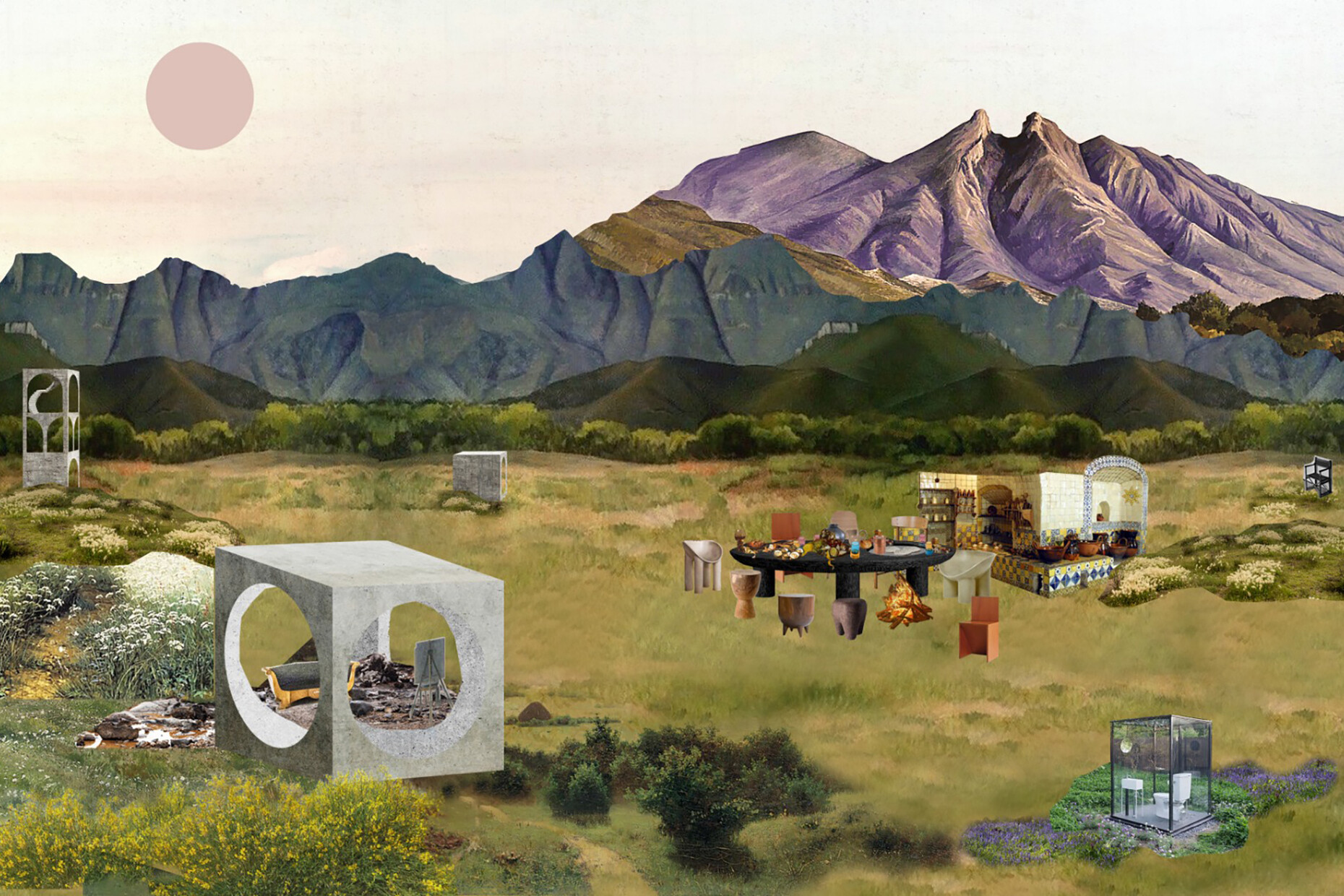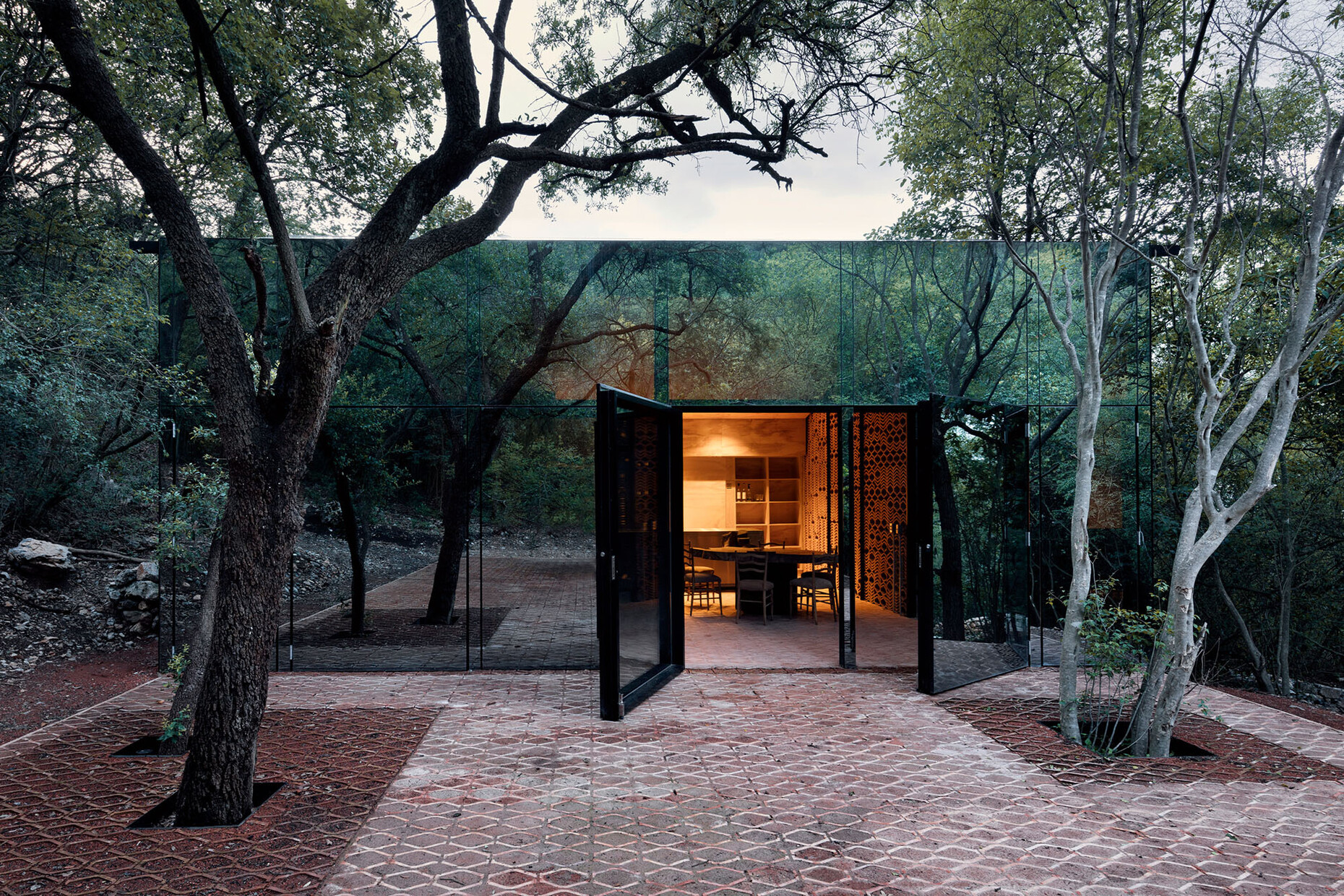Architectural landscapes
A generational change is currently taking place in architecture: Young architects no longer define themselves by the ideal of the globally active "starchitect", but instead focus on exchange and therefore often work in changing collaborations. In doing so, they are increasingly trying to integrate social, economic and ecological aspects into their work and embed them in a local context. A good example of this is Mexican architect Tatiana Bilbao, born in 1972, who founded her office Tatiana Bilbao Estudio in Mexico City in 2004. "It's all about the architecture we can do, and not about us being the architect," she says of her working method, to which the Architekturzentrum in Vienna is now dedicating an exhibition.
Tatiana Bilbao's architecture is an exemplary reflection of the political upheavals in Latin America. As a result, her projects move within the ever-widening income gap between rich and poor. Her work is characterized by a transfer of knowledge – between projects with large financial resources and social tasks that deal with political, social and economic exclusion. The architecture is often created in collaboration with other architects, landscape architects, artists or in a participatory process with the residents.
The architect has therefore developed specific approaches for project presentation in order to communicate her designs to lay people who cannot read floor plans or sections. These include collages or hand-drawn sketches, which allow her to communicate the ideas appropriately and stimulate the imagination of her clients. At the same time, local building traditions also find their way into her projects – for example, through the use of rammed earth or everyday materials to enable cost-effective construction. "When you come from a country where many people have very little in the way of economic resources, you are used to not wasting them," Tatiana Bilbao says of her sustainable approach.
The exhibition in Vienna presents 25 case studies of the Mexican architect's architectural range, including cultural, educational and residential buildings. The respective projects are illustrated by material samples, working models and sketches. These include, for example, a pilgrimage route in Mexico, the botanical garden in Culiacán, a residential building in Monterrey, and a social housing project in Acuña with 16 residential units. The individual exhibition objects are placed in the context of the "landscape," which ranges from the Mexican countryside to various urban landscapes to social and cultural landscapes.
Tatiana Bilbao Estudio
19.08.2021 – 17.01.2022 | Architekturzentrum Wien I Ausstellungshalle 2
Opening: Wednesday, 18.08.2021, 19:00


















